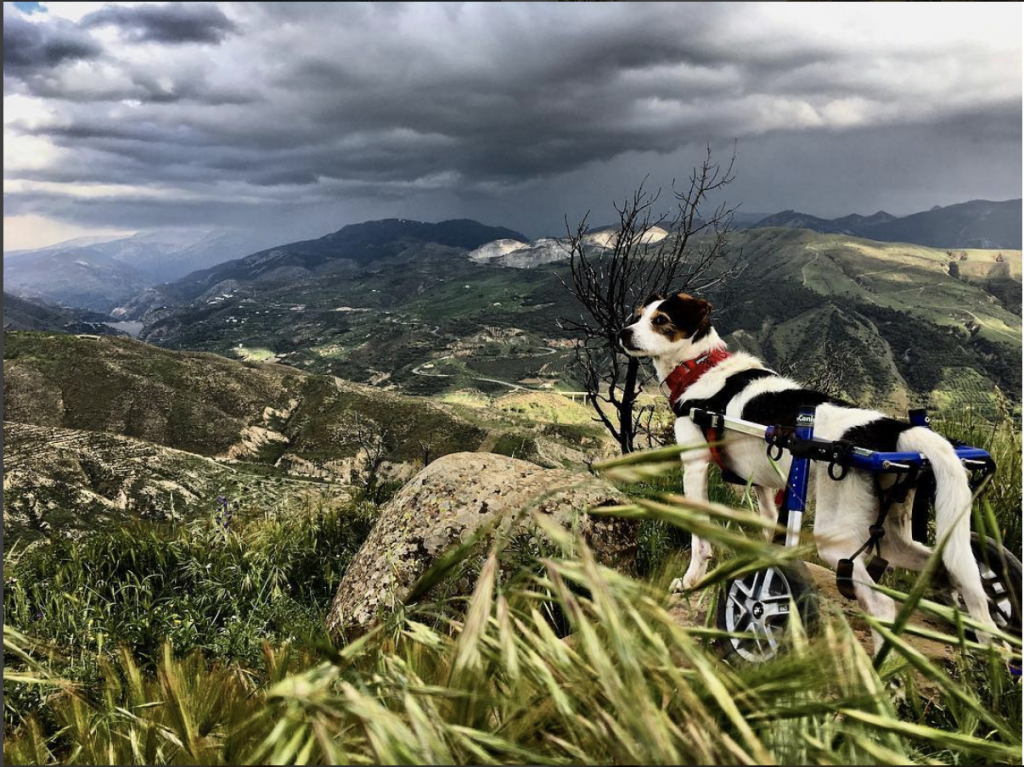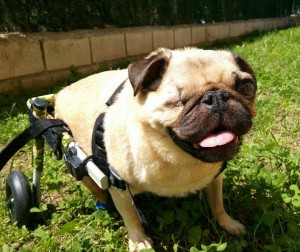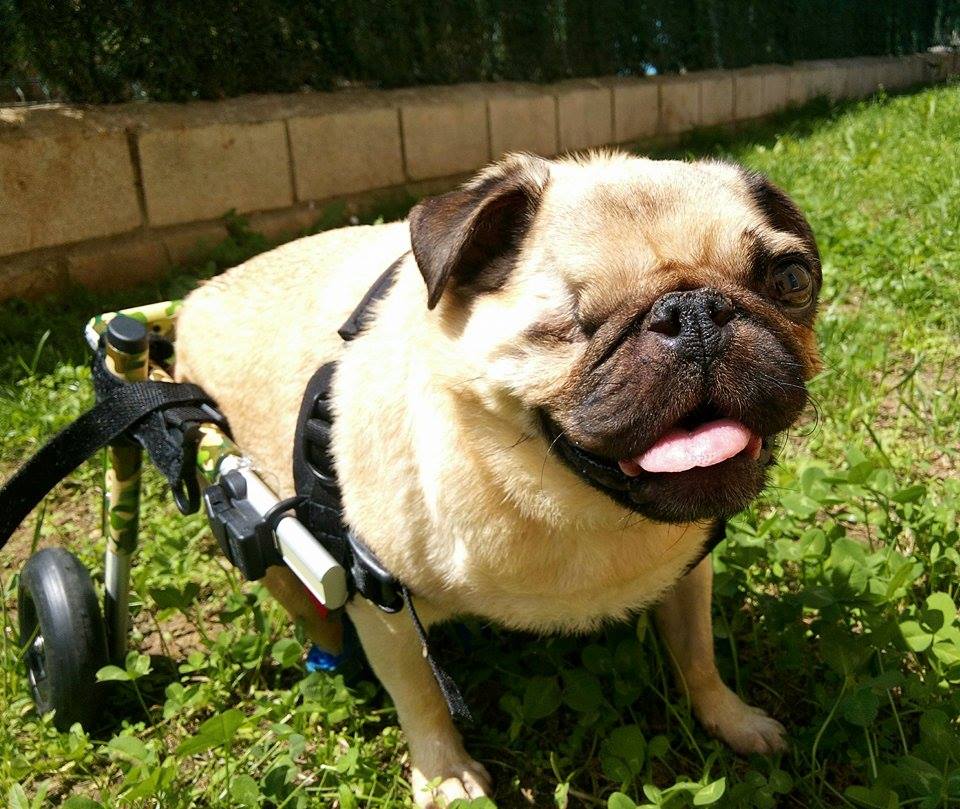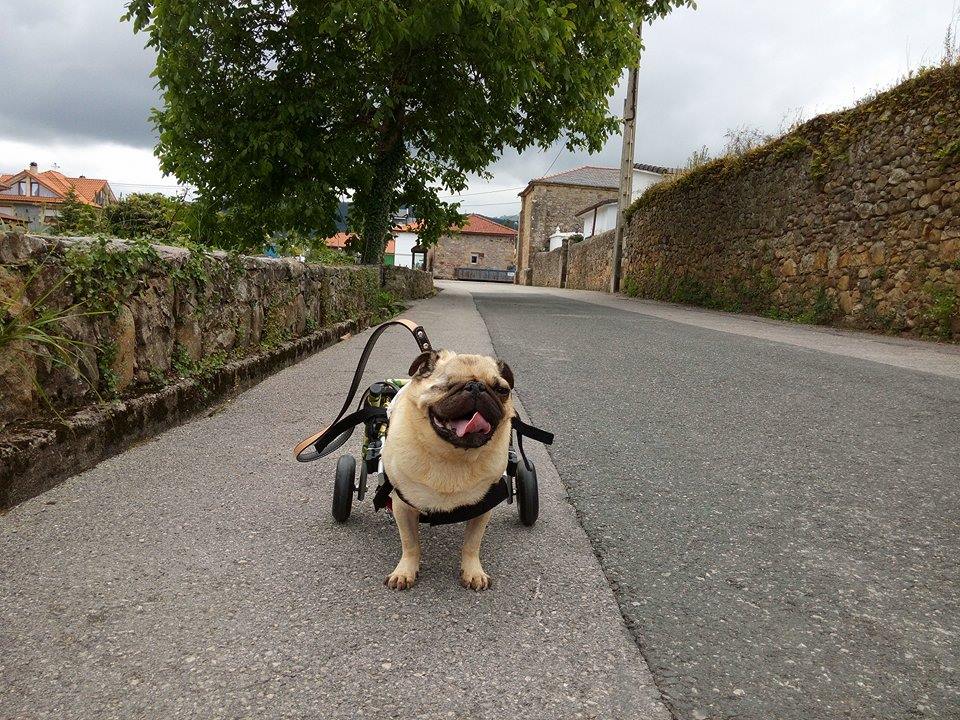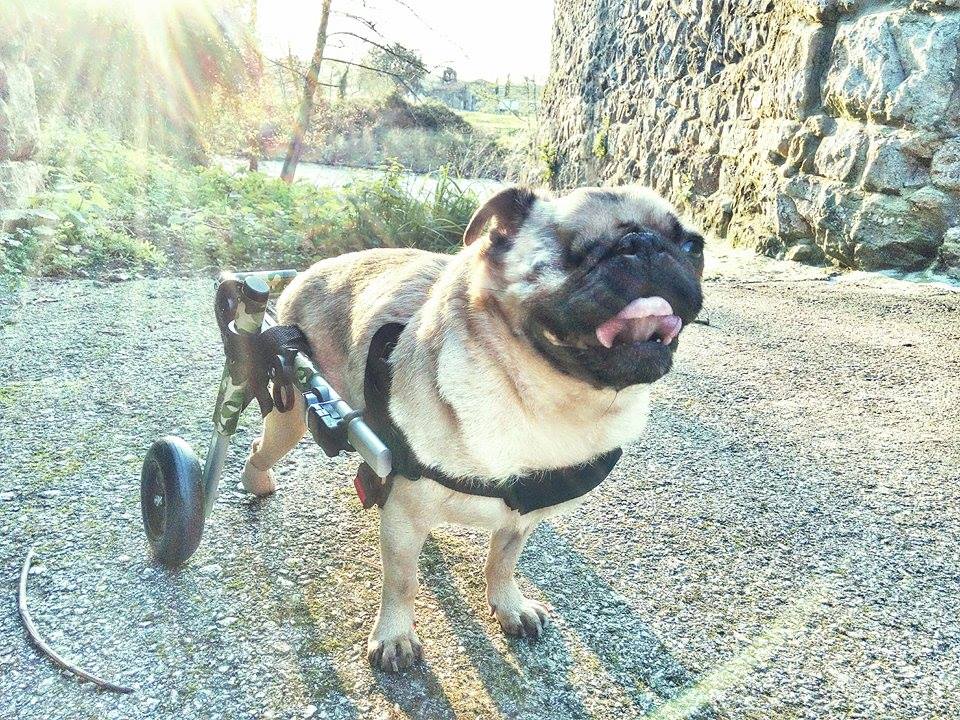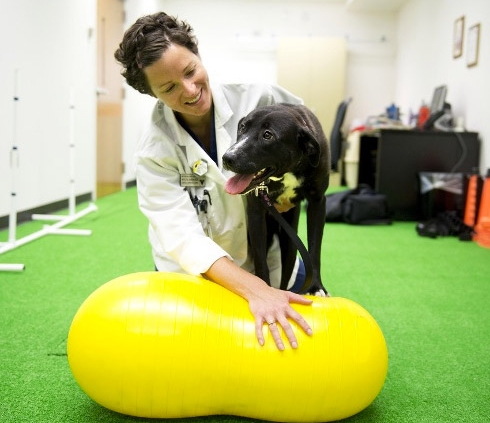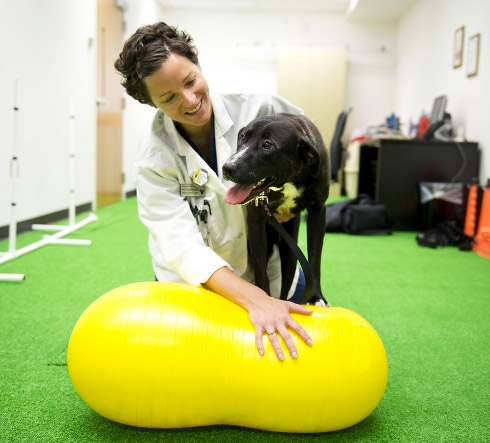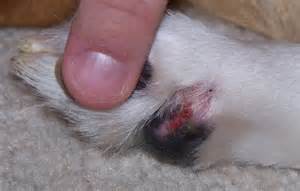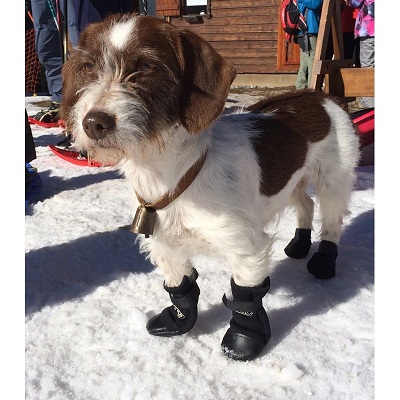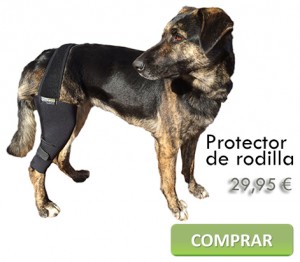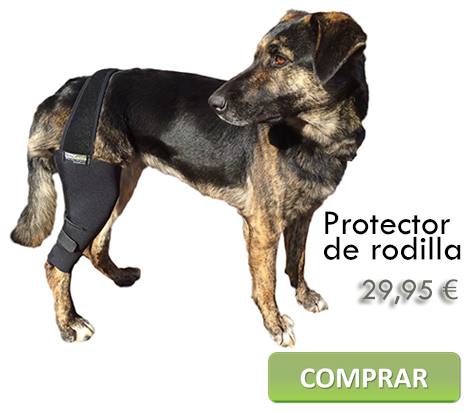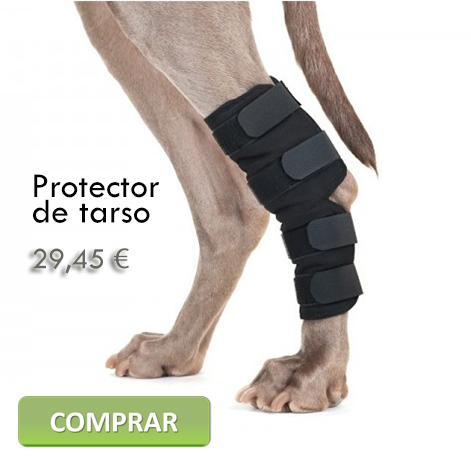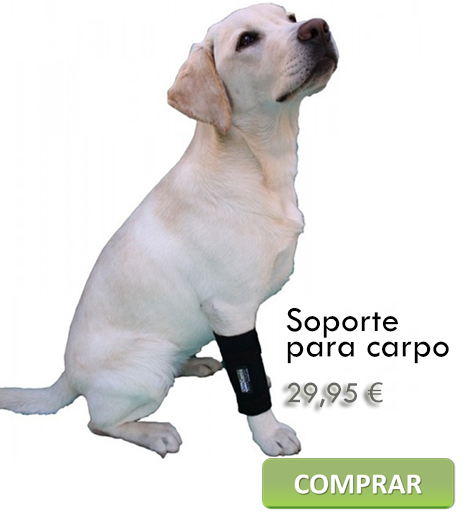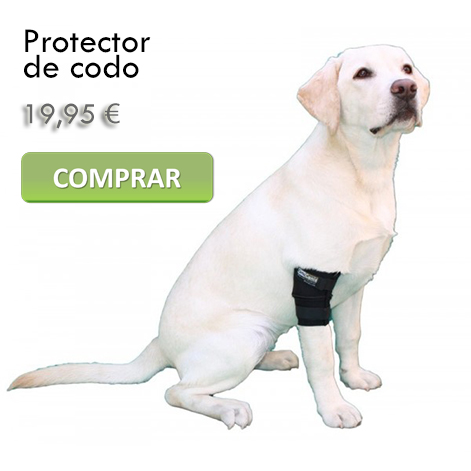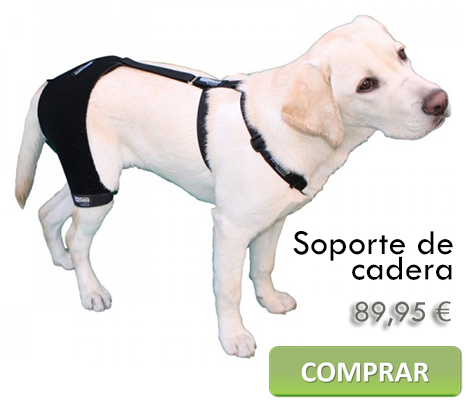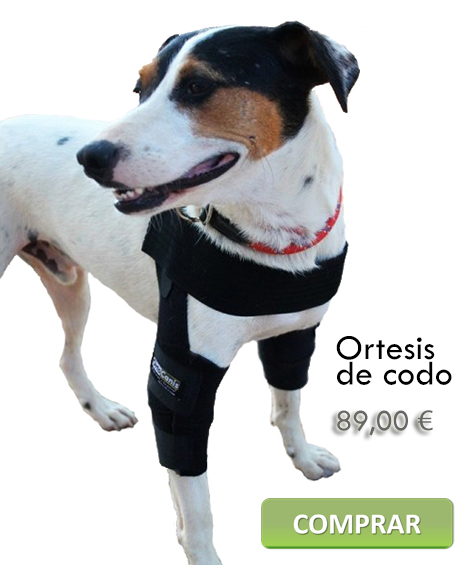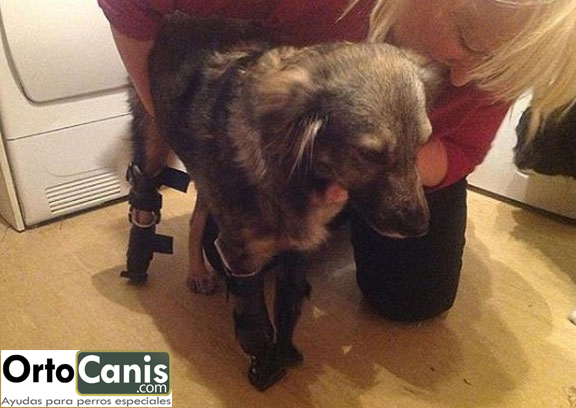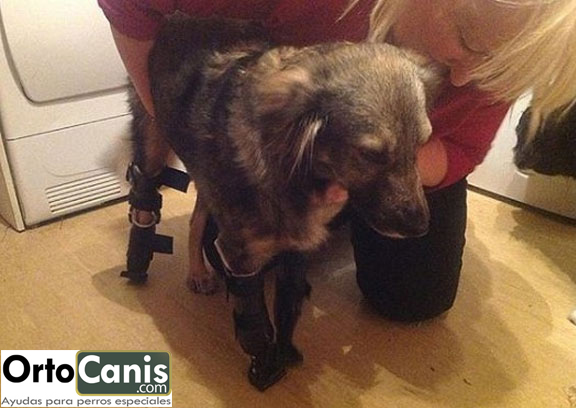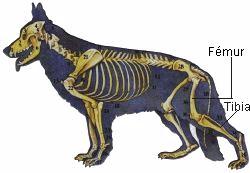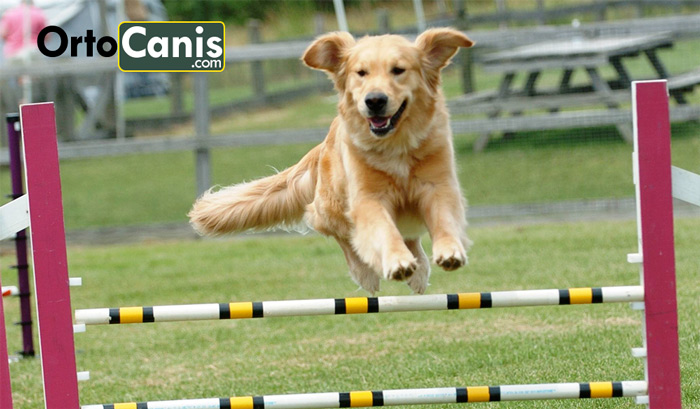Dogs, due to their physical and movement particularities, are more likely to develop certain injuries throughout their lives. Read on to be aware of the most common canine injuries.
Dogs usually and should lead an active life. Movement helps them prevent obesity, sedentary lifestyle and depression. However, their physical activity and physiological particularities make our best friends end up developing certain canine injuries over time. The best way to help them is to be aware of these canine injuries and remain vigilant so that we can identify the first signs of pain or discomfort from our pets. Read on to get all the information about canine injuries you may need.
Most common canine injuries
Although dogs have a tendency, due to the genetics of the breed to which they belong, to suffer more canine injuries than others, there are certain parts especially prone to accuse the damage of bad falls, bruises or the wear and tear of age.
Joint injuries
The joints of dogs are especially exposed to canine injuries. A bad fall when jumping or trauma (caused by hitting an obstacle, playing with another dog or for more serious issues, such as a hit-and-run) can cause different canine injuries. Examples include bone dislocations or breaks. Special mention deserves canine hip injuries. The hips of dogs suffer especially with all these traumatisms. But, in addition, age seriously wears down the hips of dogs, which can cause very painful herniated discs . Indications of these types of injuries are mobility problems and signs of pain when moving.
Muscle injuries
These canine injuries occur especially when you go from less to greater physical activity. It is one of the so-called “spring canine lesions“. This is because dogs are usually more inactive during the winter months, due to bad weather and cold, which do not invite to maintain the same rhythm of outings and physical activity. With the arrival of good weather, many dogs happily resume their activity. However, his muscles, tendons and ligaments have gone through a time of inactivity that has resented his endurance. This can lead to soft tissue trauma, as well as cervical and neck pain. Some signs of these canine injuries are stiffness and lameness.
Nail injuries
Dogs use their nails to try to dig, scratch surfaces and play with other dogs. Given their curious and exploratory nature, many dogs, especially puppies, try to dig into hard surfaces, such as cement, and end up fracturing their nails. Especially if they have not been cut regularly and are too long. These canine lesions are very painful. If you notice that your dog is limping, bleeding or licking his paws excessively, he may be suffering from these canine injuries.
You can’t stop your dog from getting injured. What you can do is be informed of the canine injuries you may suffer and be aware of the signs of pain. If you think your dog may be suffering from one of these canine injuries, take him to the vet as soon as possible. He will be able to advise you on the ailment and start the treatment so that your best friend is healthy and happy again.





